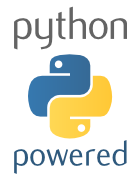Install Open vSwitch v2.0 from RPM on RedHat Fedora
This post is for installing OVS from RedHat RPM binaries. If you want to build Open vSwitch from source please see this post. Open vSwitch v2.0 introduces some really important features, at the top of the list is multi-threaded support in vswitchd. This will increase flow instantiation rates significantly into the upstream kernel module. A rough guess would be from ......


